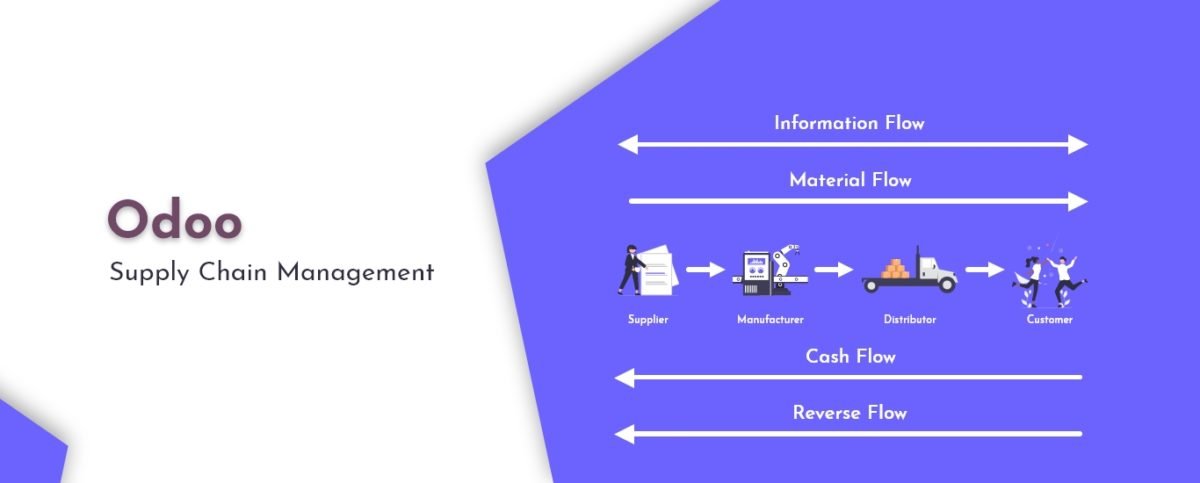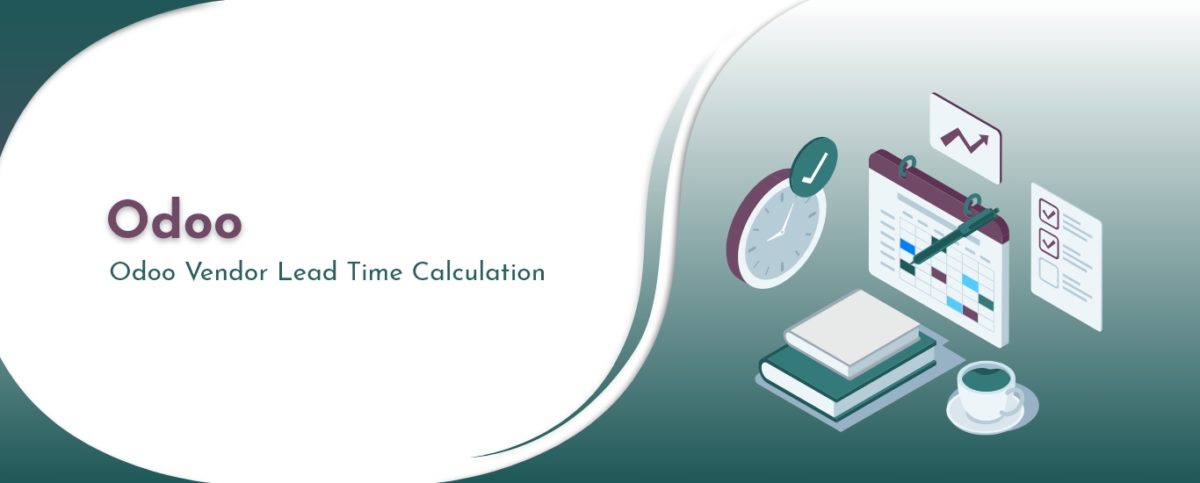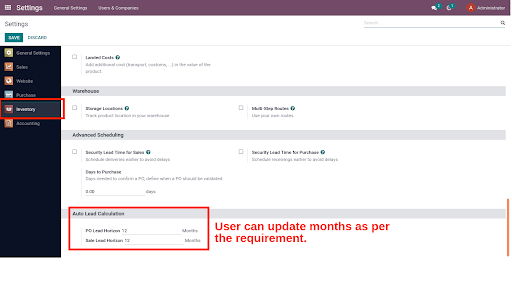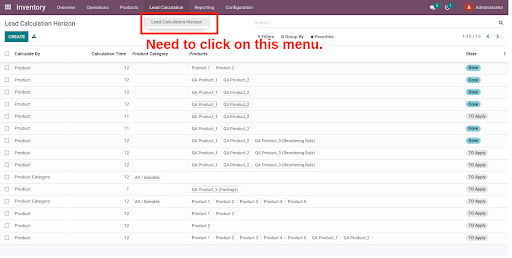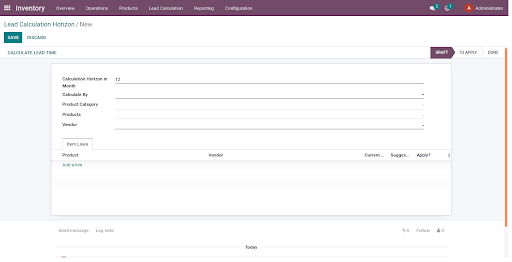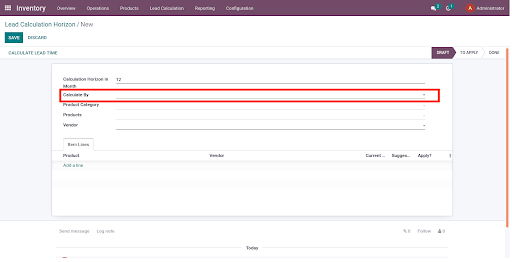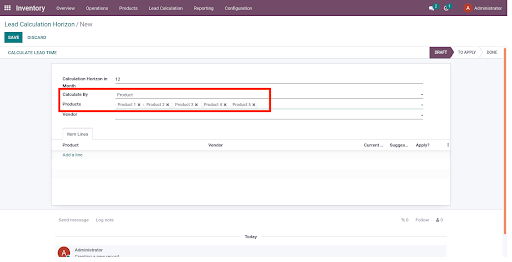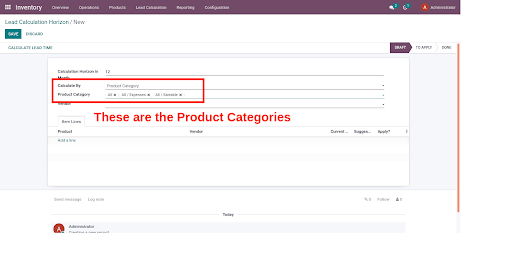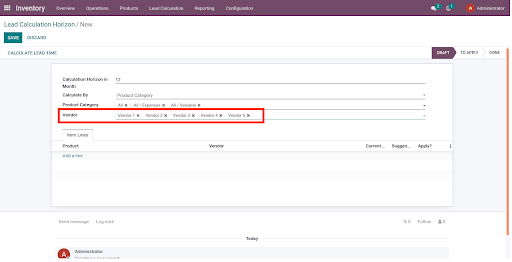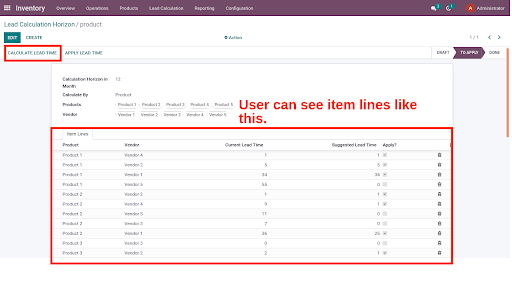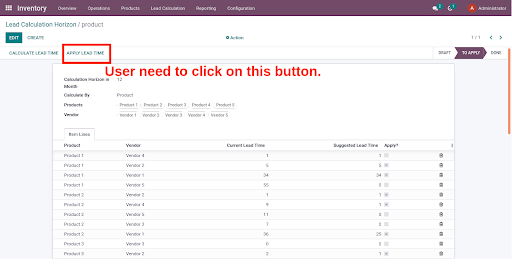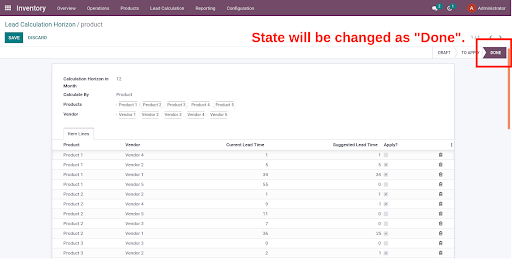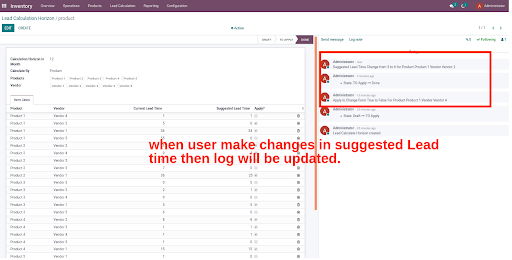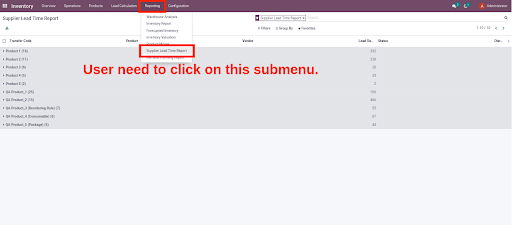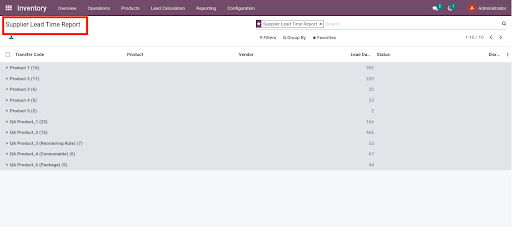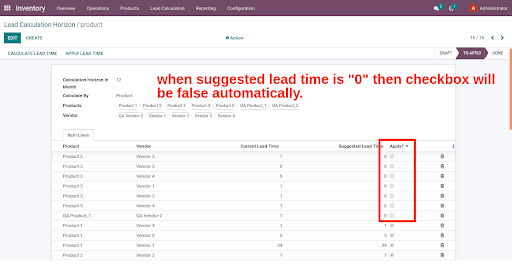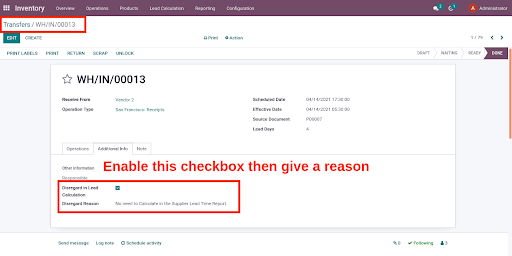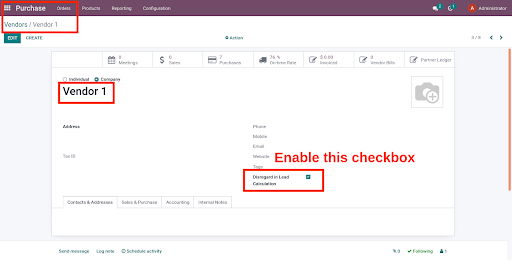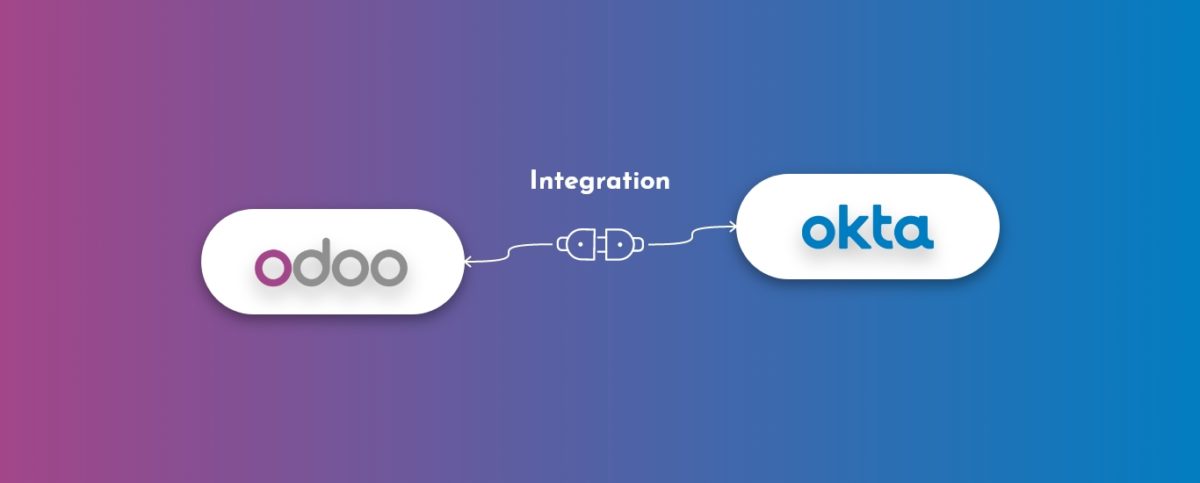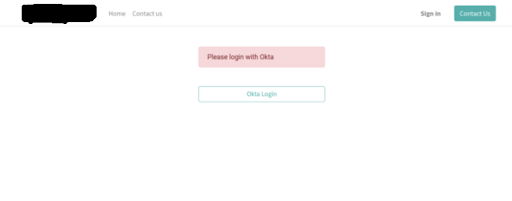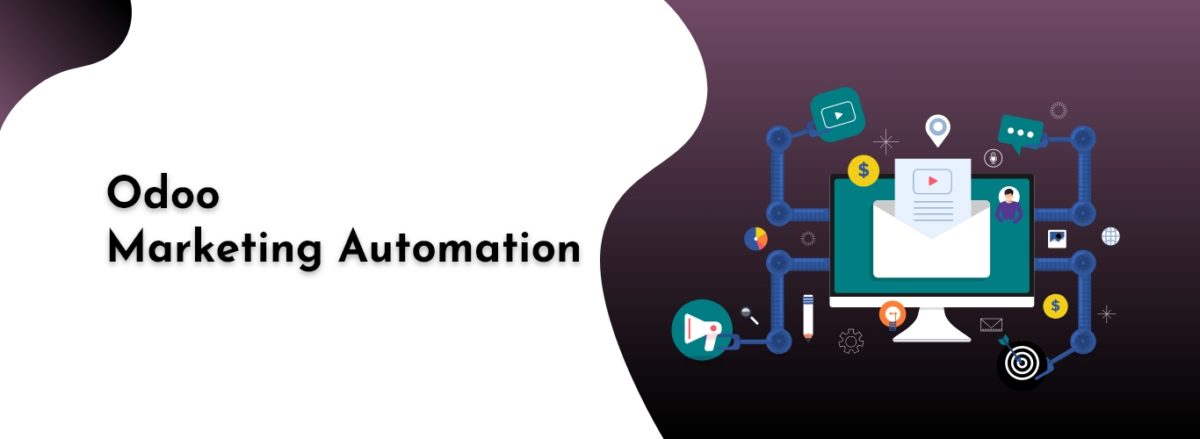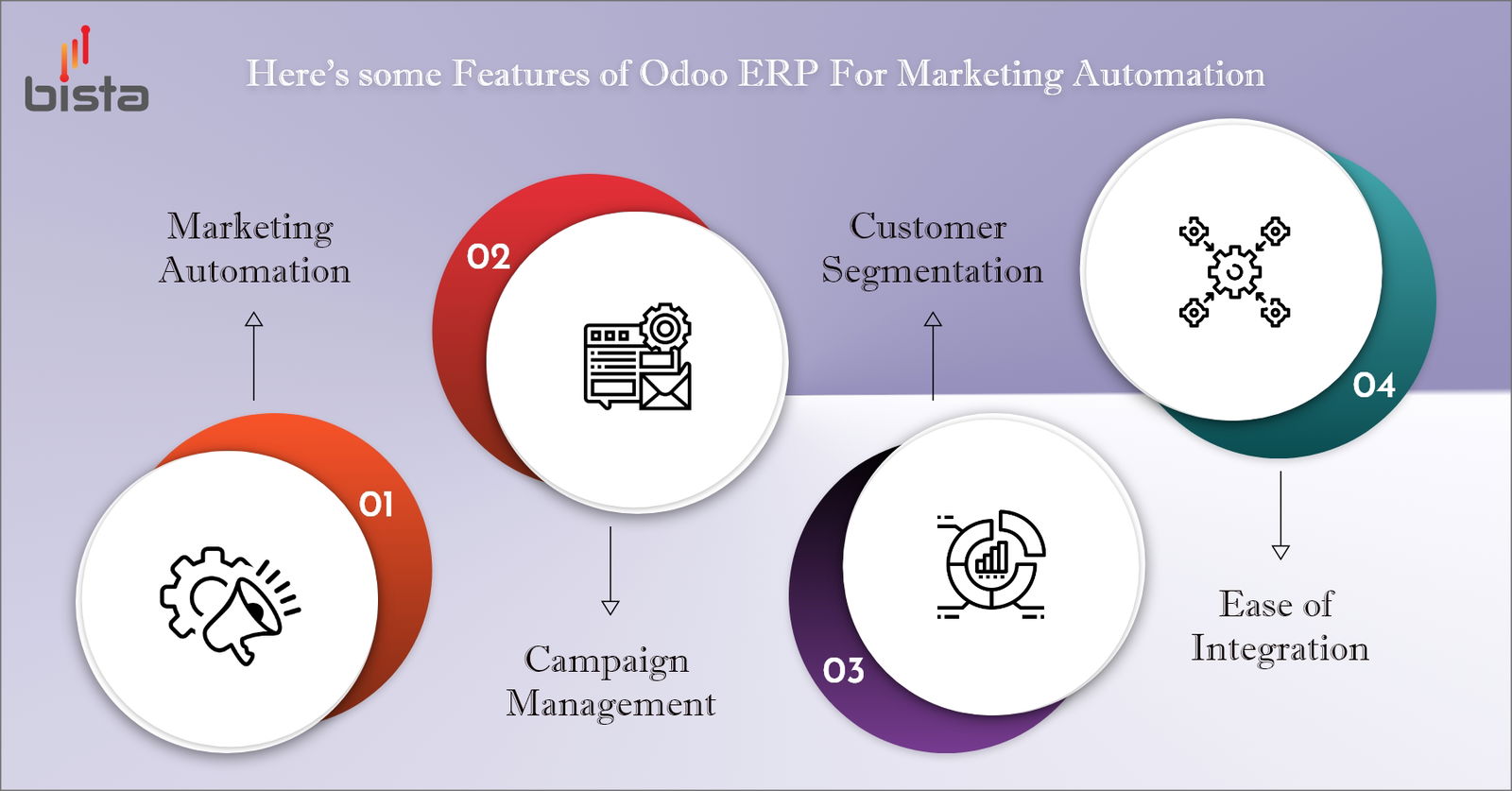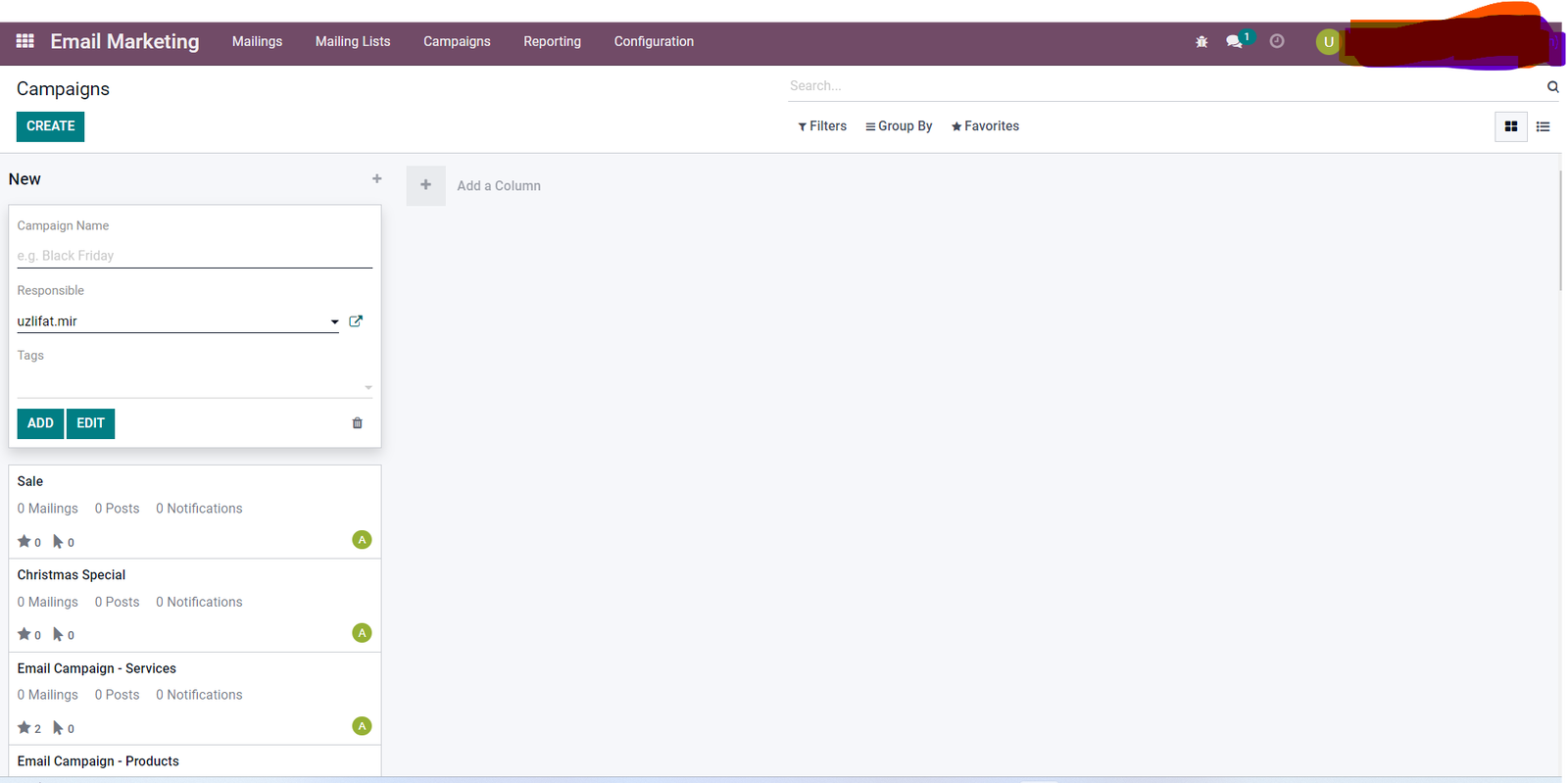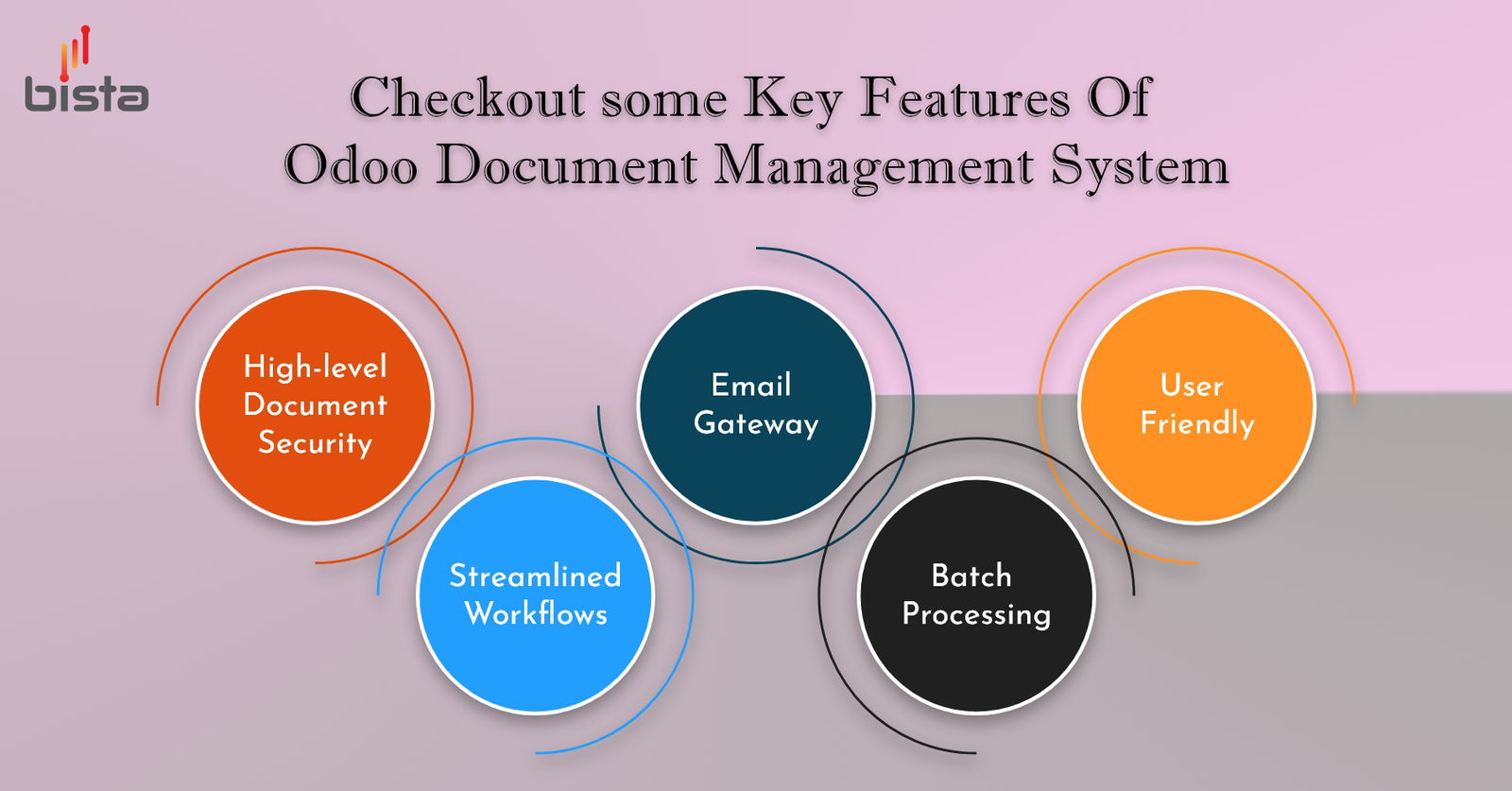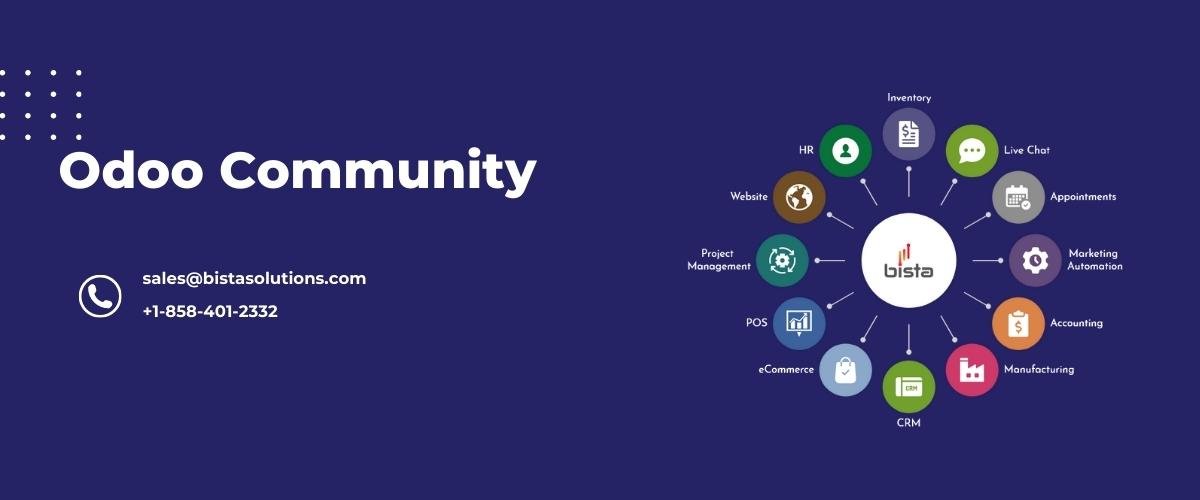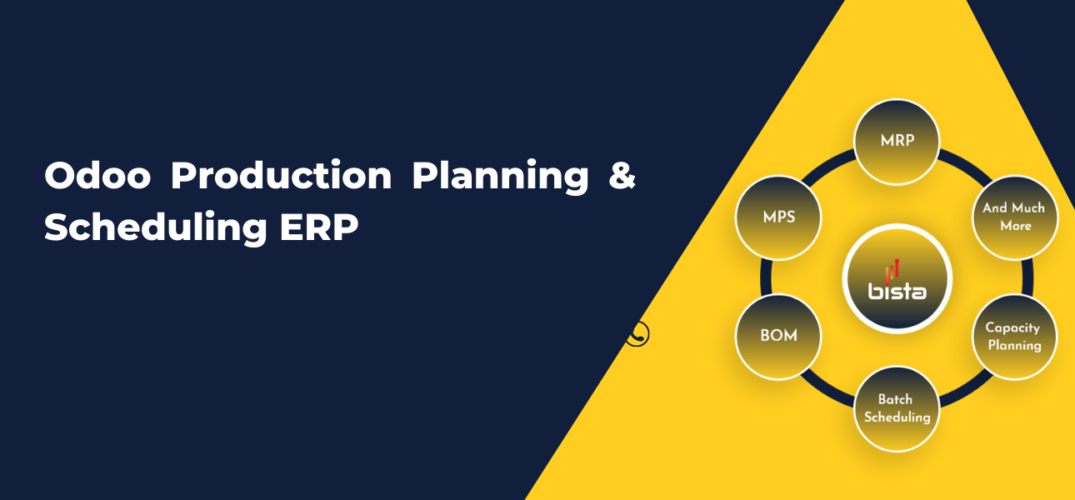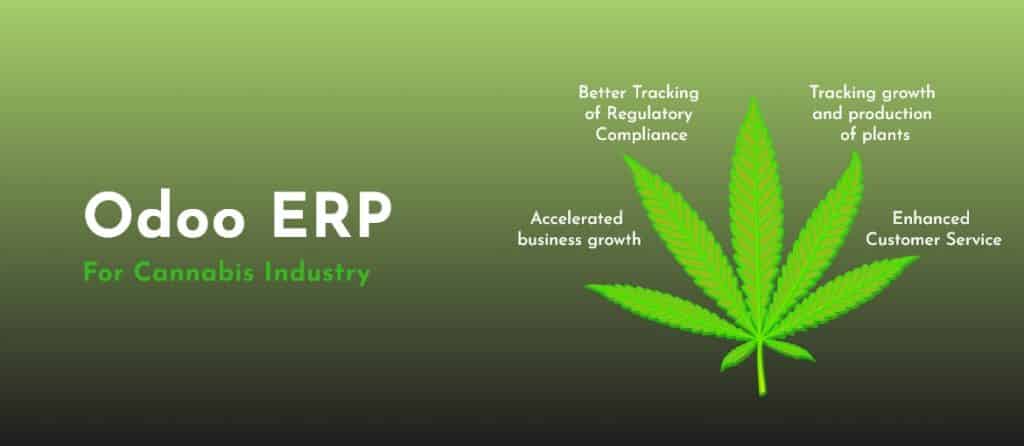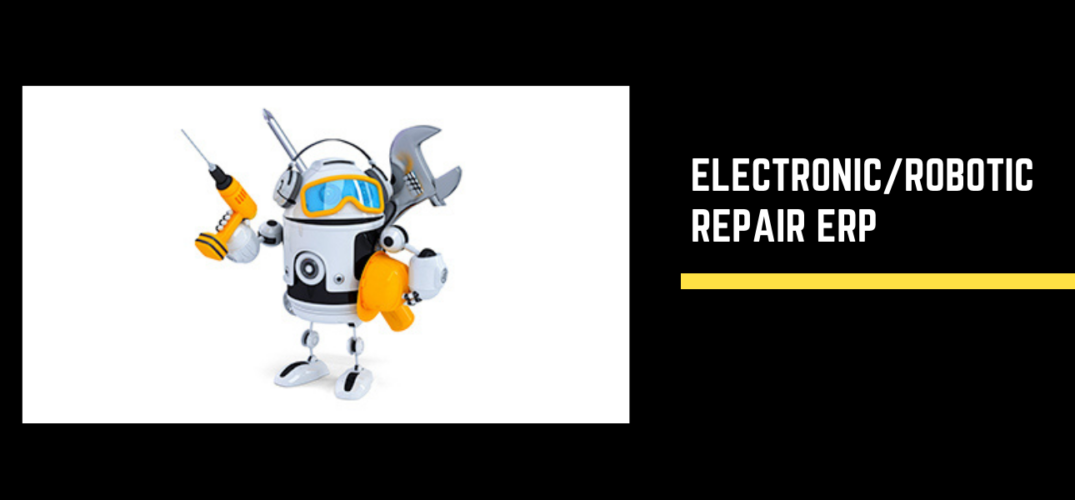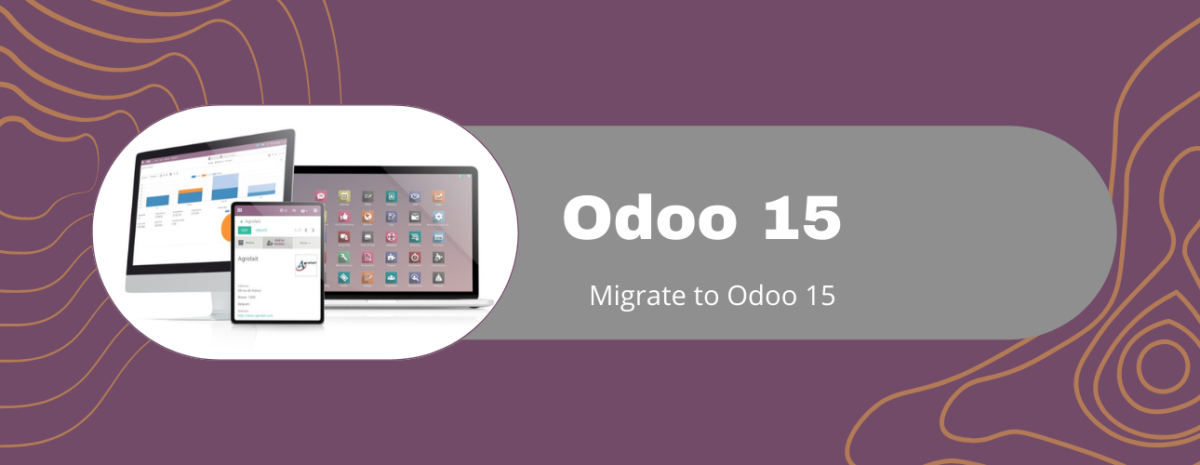Odoo Supply Chain Managment for Efficiency, Visibility, and Control
Supply Chain Management In Odoo
Effectively managing a supply chain organization can be challenging, especially when dealing with outdated equipment and complex procedures. It might feel like you’re navigating through a maze of paperwork. The bright side is that Odoo Supply Chain Management presents a comprehensive solution that optimizes your supply chain processes and ensures cost-effective, efficient deliveries, all while upholding rigorous quality and safety standards. Providing a crystal-clear view of a product or service’s entire journey, from its inception to the hands of the end user, makes it one of the best Supply Chain Management solutions for businesses
The basic Supply Chain process consists of:
- Supplier: They would supply the raw materials for the final product
- Manufacturer: Once they receive the raw material from the supplier they would start the manufacturing process on the final product
- Distributor: Once the final product is manufactured, the Distributor will send the final product to the customer
- Customer: Once the customer receives the ordered product in good condition the flow stops there
Why Choose Odoo Supply Chain Management Software?
Connected – Odoo SCM effectively combines data from many sources, such as IoT devices, social media, and typical ERP systems, giving you a complete picture of your supply chain.
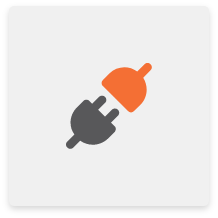
Collaborative – Odoo fosters multi-enterprise engagement and improves communication within your supply chain ecosystem by promoting supplier cooperation through cloud-based commerce networks.

Cyber-Aware – Odoo prioritizes cybersecurity, protecting your supply chain systems from possible cyber attacks and harmonizing with the enterprise-wide security strategy.
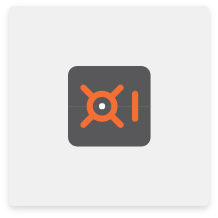
Cognitively Enabled – Odoo SCM serves as the control tower for the supply chain, organizing automated decision-making and actions while continually learning and improving.
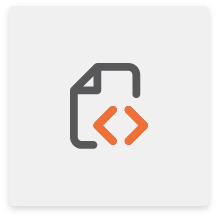
Comprehensive – Odoo offers real-time analytics capabilities, ensuring quick, complete insights and minimizing delays and concerns that are unacceptable in today’s fast-paced supply chain.

What Your Business Can Gain from Odoo Supply Chain Management?
Team Collaboration
- Enhances the Timely and Smooth Flow of Information
- Establishes a Strong Communication System Within Your Organization
- Alleviates Communication Gaps Among Different Departments
- Fosters Exceptional Teamwork and Collaboration
Operational Efficiency
- Ensures Up-to-the-Minute Material Data and Manufacturing Readiness
- Empowers Proactive Contingency Planning Through Odoo SCM
- Optimizes Shipment Processes to Guarantee On-Time Deliveries
- Nurtures Strong and Sustainable Vendor Partnerships
Optimized Material and Product Flow
- Ensures the Streamlined Management of Materials, Products, and Information Across the Supply Chain
- Prioritizes the Use of High-Quality Materials for Manufacturing
- Optimizes Product Delivery and Enhances Cost Control
Data Transparency
- Employs Analytics for Instant Data Sharing and Informed Decision-Making
- Provides Forecasting Tools to Anticipate Demand
- Elevates Supply Chain Management with Data-Driven Insights
Improved Cash Flow
- Implements Automated Accounting for Accurate Billing
- Eliminates Errors Resulting from Manual Data Entry
- Aids in Tackling Financial Challenges within the Supply Chain
Vendor Relationship Management
- Assesses Supplier Relationships and Compares Costs
- Eases the Establishment of Partnerships with the Right Suppliers
- Saves Time and Fosters Trustworthy Vendor Relationships
Simplified Material Distribution
- Optimizes Material Supply and Distribution Procedures
- Guarantees Punctual Deliveries to Designated Locations
- Minimizes Material Flow Hiccups and Delays
Increased Profit Margins
- Improves Interdepartmental and Vendor Communication
- Fosters Consensus on Critical Matters like Demand Projections and Product Quality
- Prevents Losses Arising from Insufficient Collaboration Between Vendors and Distributors
Eliminates Shipment Delay
- Secures Efficient Shipment Operations
- Mitigates Logistical Mistakes
- Elevates Vendor Satisfaction through Timely Deliveries
Key Features of Odoo Supply Chain Management
Inventory Management
Odoo inventory management offers a tracking system to track and manage the availability of raw materials, quantity of stocked products, and asset monitoring, and also assists in integrating barcodes.
- Real-time Tracking
- Stock Quantity Management
- Asset Monitoring
- Inventory Reports
- Multi-location Management
- Automatic Reordering
- Stock Valuation
- Easy Data Integration
- Inventory Control
Warehouse Management
It oversees the precision of material movements and optimizing critical transactions such as shipping, receiving, and picking.
- Order Picking and Packing
- Barcode Integration
- Cross-docking
- Multi-location Management
- Stock Rotation
- Inventory Valuation
- Receiving and Putaway
- Returns management
Procurement
Odoo’s Supply Chain Management facilitates precise, just-in-time inventory ordering tailored to your needs. You can accelerate your entire procurement process, including making purchases and managing payables, ensuring a smoother supply chain operation for your business.
- Purchase Order Management
- Vendor Management
- Requisition Workflow
- Vendor Price Comparison
- Supplier Performance Evaluation
- RFQ (Request for Quotation) Management
- Integration with Accounting
Forecast & Planning
Odoo’s supply chain management software empowers companies to analyze customer demand forecasting and adapt to changing consumer needs effectively. It also enables organizations to gain valuable insights into specific product interests and plan accordingly to meet customer demand.
- Demand Forecasting
- Inventory Planning
- Replenishment Planning
- Production Planning
- Supplier Collaboration
- Vendor Performance Analysis
- Lead Time Management
- Sales and Operations Planning (S&OP)
Order Management
Odoo Supply Chain Management software simplifies multitasking by automating purchase processes, handling purchase orders, scheduling supplier deliveries, and configuring products and pricing efficiently.
- Order Creation
- Customized Product Catalog
- Sales Quotations
- Order Confirmation
- Inventory Integration
- Invoice Generation
- Order Tracking
- Returns Management
Return Management
Odoo Supply Chain Management streamlines critical tasks with precision, evaluating defective products and efficiently managing customer insurance claims and refunds through a robust return management system.
- Return Authorization
- Return Label Printing
- Return Status Tracking
- Refund Processing
- Inventory Updates
- Returns Reporting
- Customer Communication
Our Exceptional Expertise in Odoo SCM Deployment
- Most Awarded “Best Odoo Gold Partners” (2022, 2021, 2018, 2016 & 2014)
- 200+ Successful custom App development
- 250+ expert Odoo Developers
- 350+ successfully implemented projects
- Most Trusted Odoo Gold partners
- Expert Consultant Team
- Global presence in 10+ countries
- 24/7 Support Available
Embark on the journey toward a more efficient and resilient supply chain management with Tailored Odoo Supply Chain Management Software. Schedule a call today!

